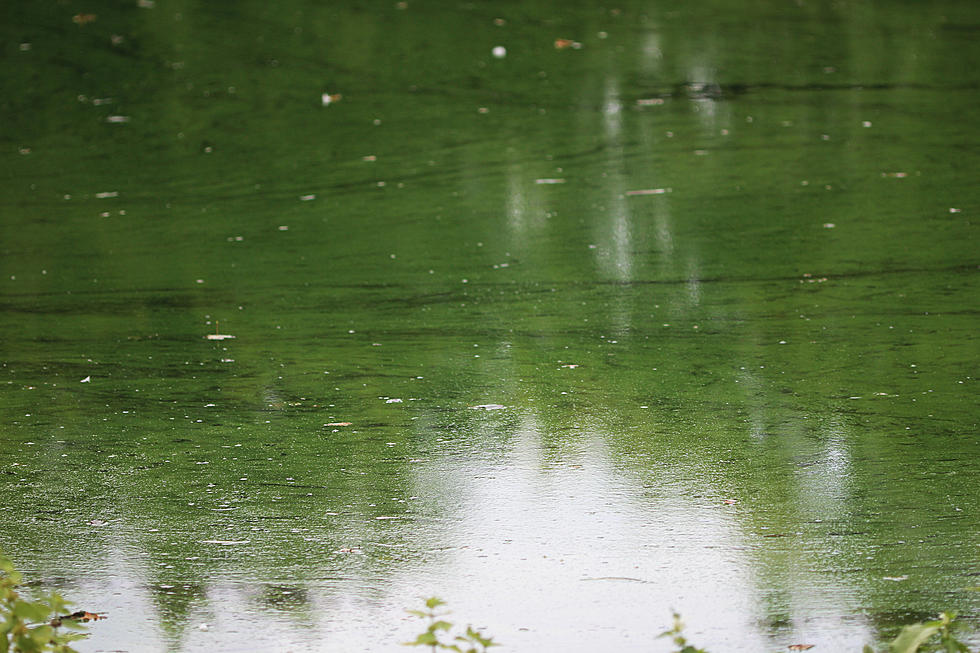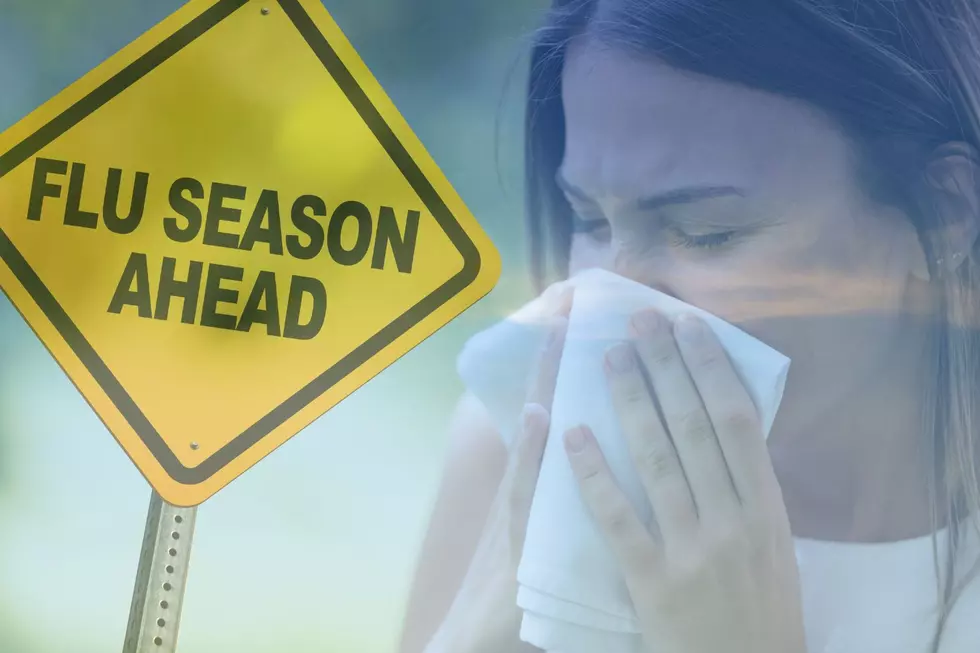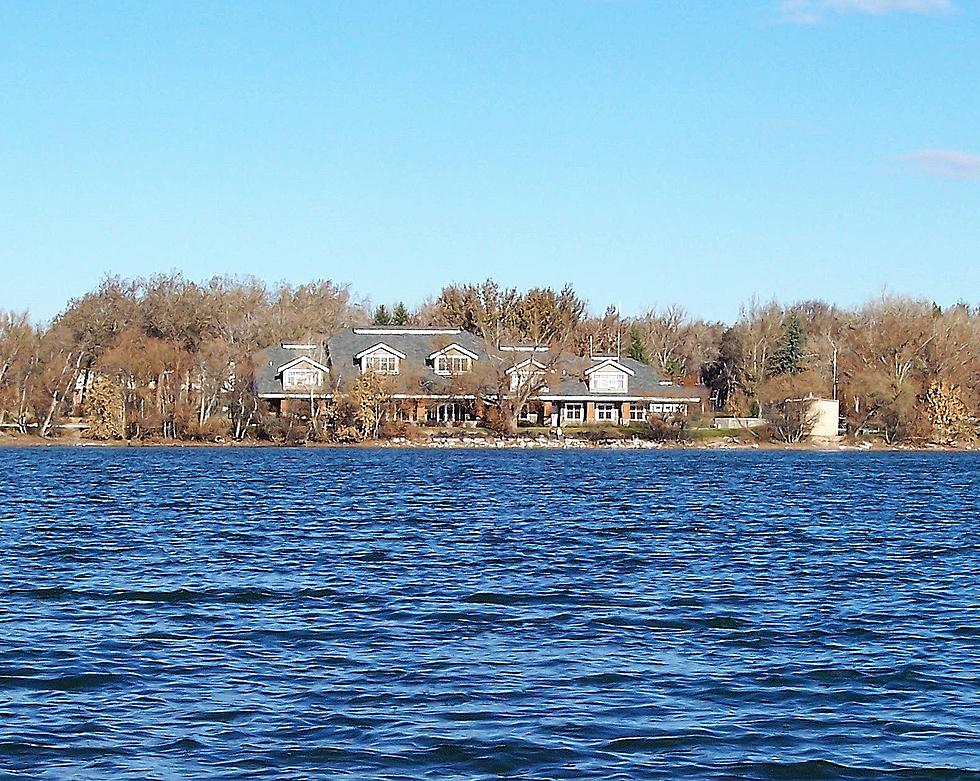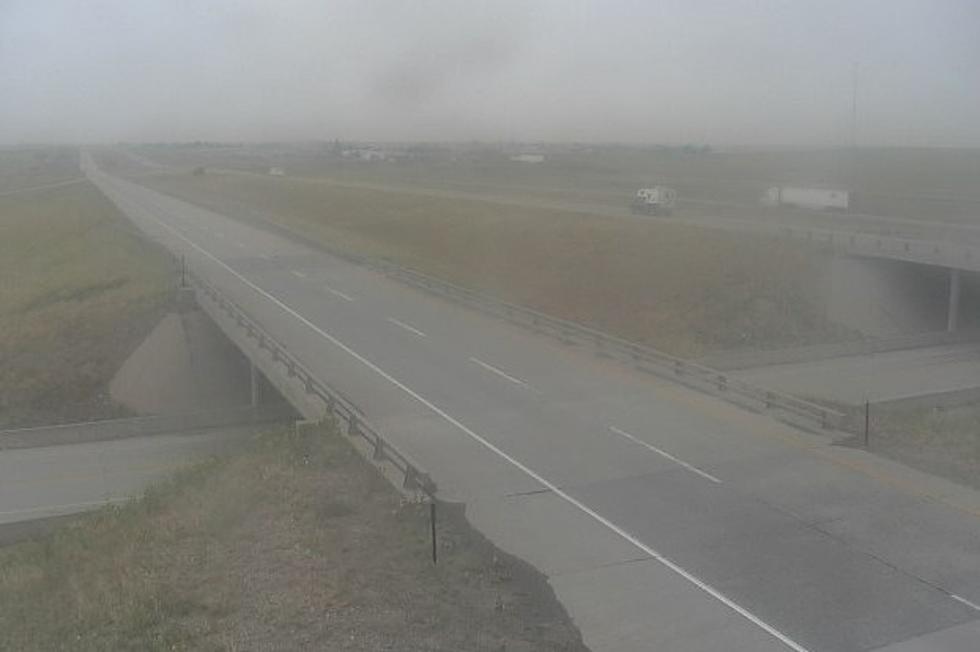
Wyoming Officials Remind Public to Watch Out for Blue-Green Algae
State agencies are reminding those looking to cool off in Wyoming's lakes and reservoirs this summer to keep an eye out for cyanobacteria, also known as blue-green algae.
Cyanobacteria can form blooms that produce toxins and other irritants that pose a health risk, especially to young children, pregnant women, people with weak immune systems and animals.
The harmful cyanobacterial blooms (HCBs) typically occur in still or slow-moving water as temperatures increase during the summer. They are episodic and can last for days, weeks or even months.

If a bloom is present, the following is recommended:
- Avoid contact with water in the vicinity of the bloom, especially in areas where cyanobacteria are dense and form scum.
- Do not ingest water from the bloom. Boiling, filtration, or other treatments will not remove toxins.
- Rinse fish with clean water and eat only the fillet portion.
- Avoid water spray from the bloom.
- Do not allow pets or livestock to drink water near the bloom, eat bloom material, or lick fur after contact.
- If people, pets, or livestock come into contact with a bloom, rinse off with clean water as soon as possible.
People should seek medical attention if they or their animal is experiencing adverse health effects after exposure to a cyanobacterial bloom.
A map of advisories and answers to frequently asked questions can be found at WyoHCBs.org.
Most Beautiful Wyoming Place on Earth?
More From Y95 Country









